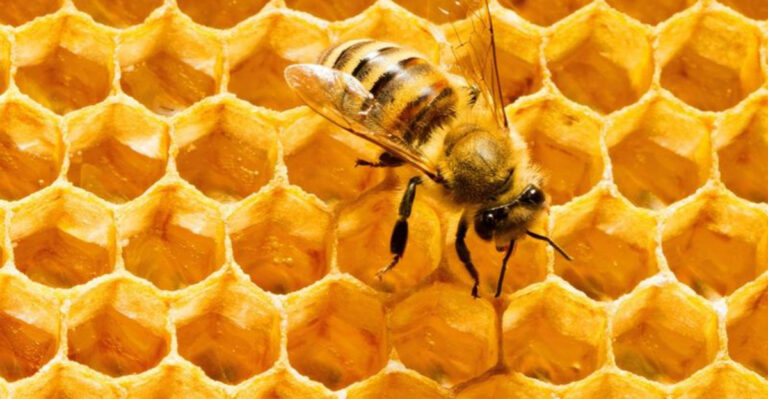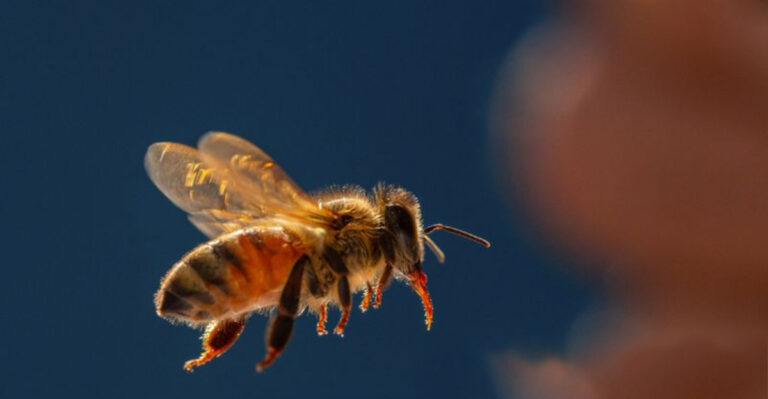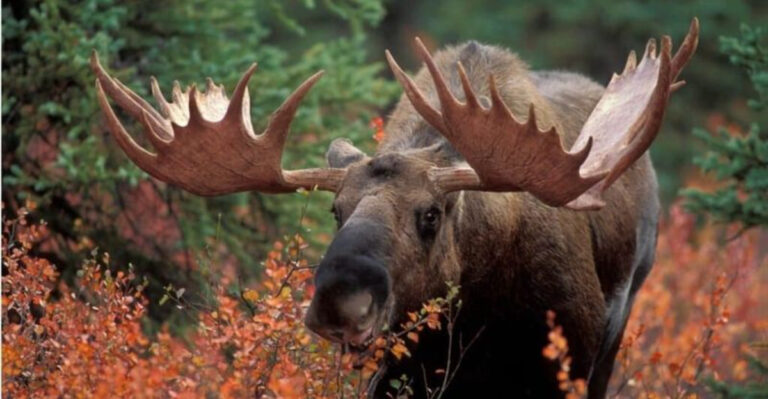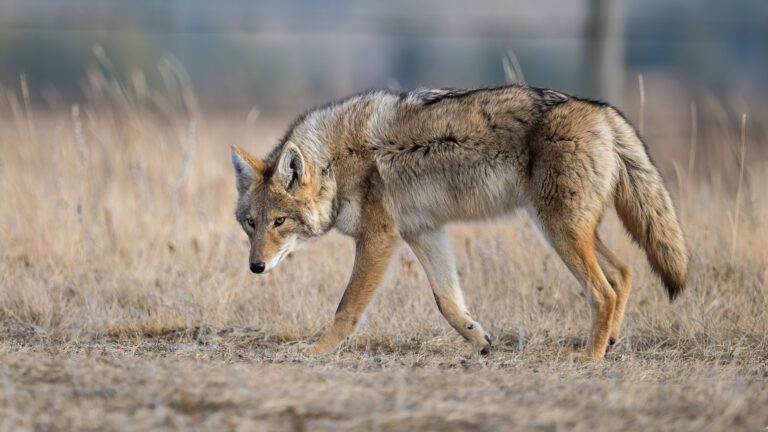15 Ugly Ocean Animals That Are Incredibly Important To The Planet
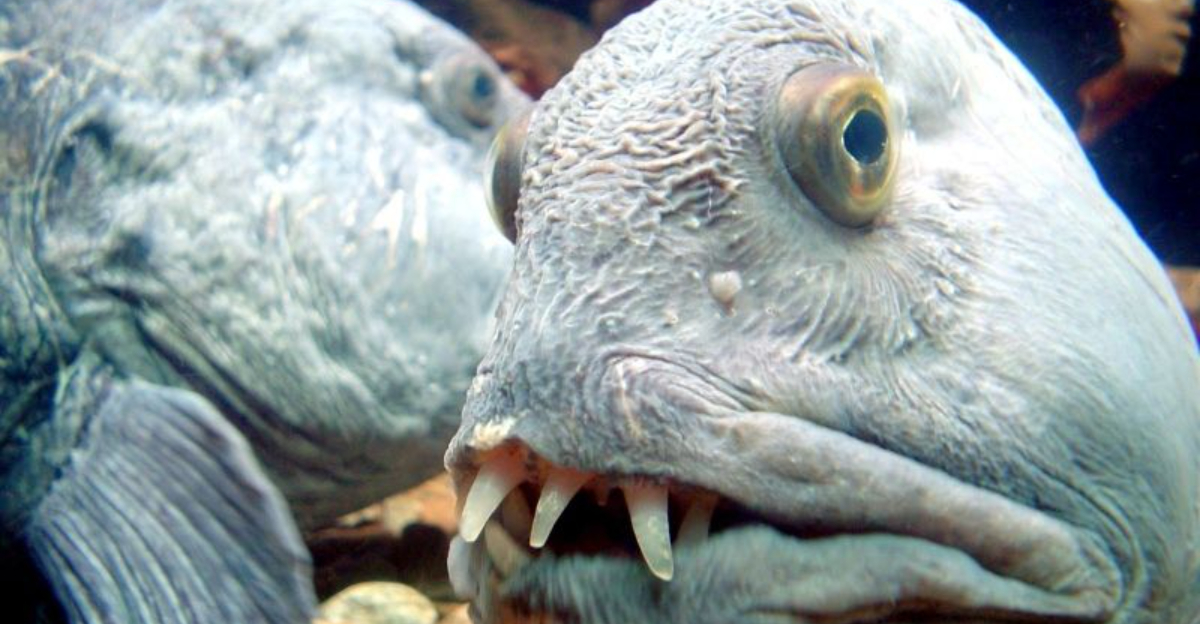
The ocean is home to countless creatures, and not all of them won the genetic lottery in the looks department.
But these so-called ‘ugly’ animals play crucial roles in marine ecosystems that keep our planet healthy. From cleaning the ocean floor to providing essential nutrients, these unconventional-looking creatures prove that beauty isn’t everything when it comes to ecological importance.
1. Blobfish
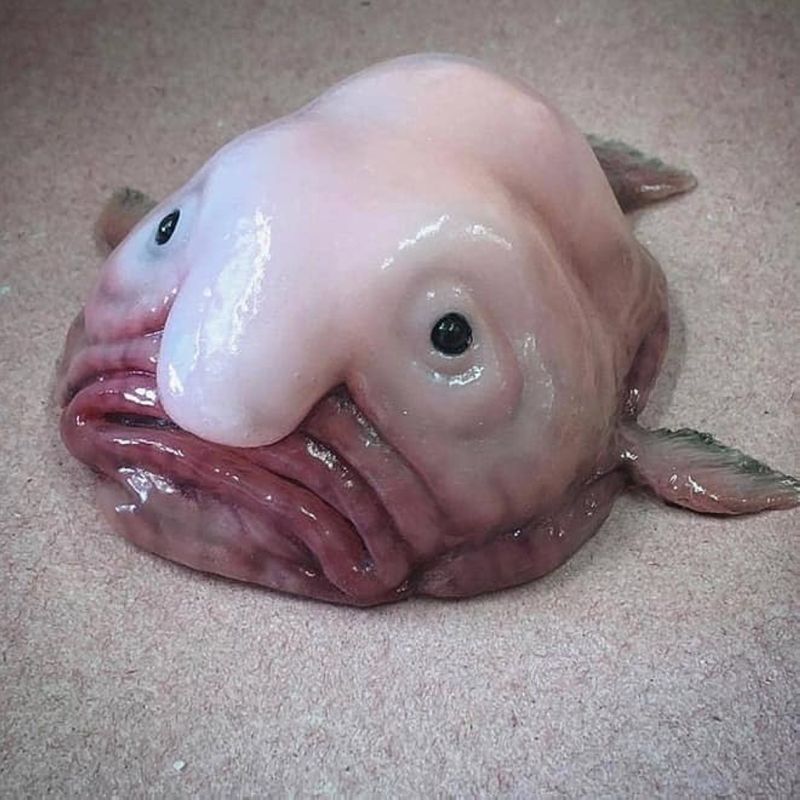
Ever seen a face that looks like it’s melting? That’s the blobfish for you! This gelatinous creature lives in deep waters where high pressure gives it a more normal fish shape.
When brought to the surface, it deflates into its famous ‘sad’ appearance. Despite its gloomy look, the blobfish serves as an important deep-sea scavenger, cleaning up dead matter that sinks to the ocean floor.
2. Hagfish
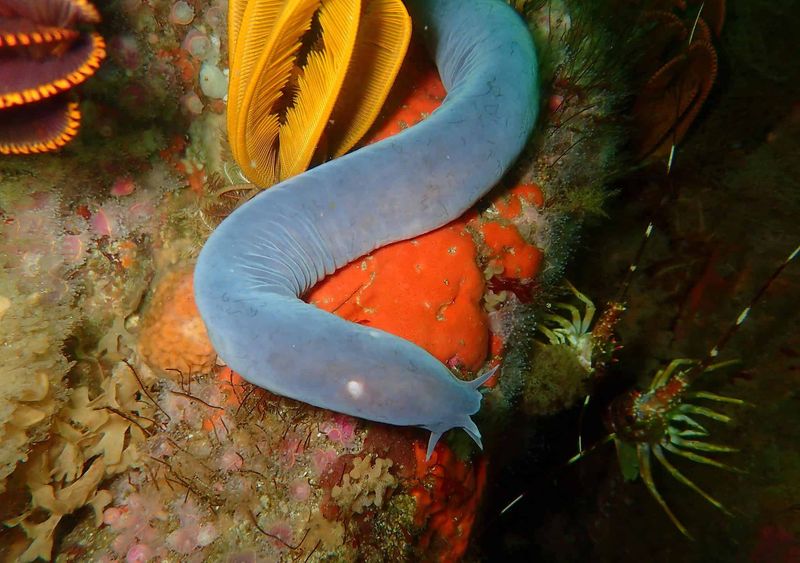
Imagine a creature that can produce enough slime to fill a bucket in seconds! Hagfish might look like eels with bad skin, but they’re incredible environmental cleaners.
These ancient jawless fish feast on dead and dying animals on the seafloor. Their slime defense mechanism has inspired scientists to create sustainable materials similar to nylon. Without hagfish, ocean floors would be littered with rotting carcasses.
3. Monkfish
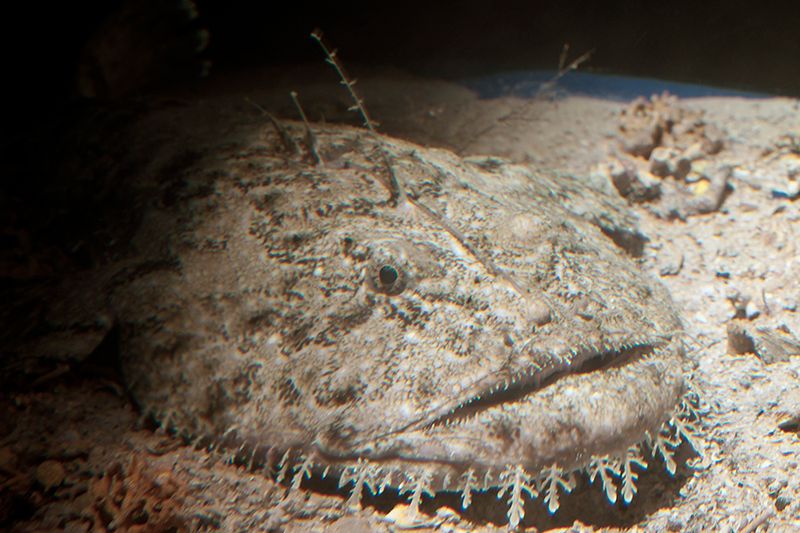
Flat as a pancake with a mouth full of nightmares! Monkfish lurk on the ocean floor with their wide jaws open, ready to ambush anything swimming by.
These patient predators help control populations of smaller fish and crustaceans. Monkfish are also commercially valuable, providing a sustainable seafood option when properly managed. Their harvesting creates jobs for coastal communities while maintaining ocean biodiversity.
4. Sea Cucumber
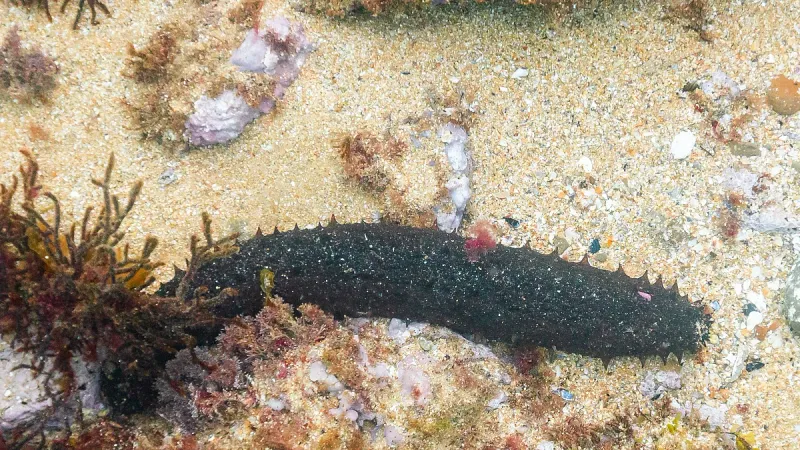
Looking like a warty pickle with a bad attitude, sea cucumbers aren’t winning any beauty contests. But these bizarre echinoderms are ocean sanitation experts!
They scoot along the seafloor, eating and processing sediment, which prevents buildup of decaying matter. As they digest, they return clean sand to the ecosystem. Some species can even expel their internal organs as a defense mechanism before growing them back!
5. Goblin Shark
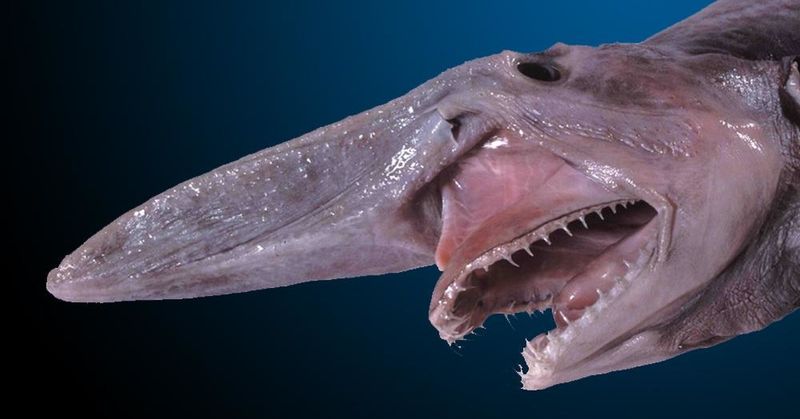
Picture a shark with a sword for a nose and teeth that shoot forward like alien jaws! The goblin shark looks like something from a sci-fi horror movie.
This rare deep-sea predator has remained virtually unchanged for millions of years. Scientists study these prehistoric-looking creatures to understand evolution and ocean history. Their specialized jaws help control deep-sea fish populations in areas few other predators can reach.
6. Oysters
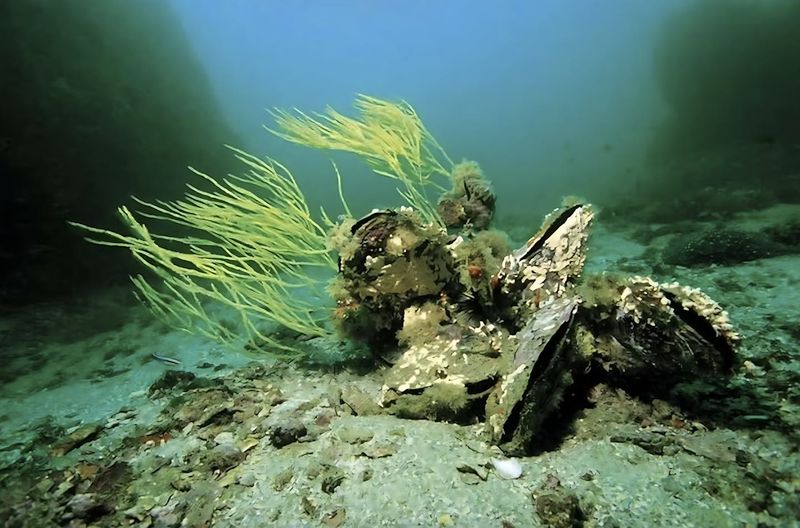
Rough, rocky, and resembling something you’d stub your toe on, oysters aren’t exactly cuddly. But these unassuming bivalves are aquatic superheroes!
A single oyster filters up to 50 gallons of water daily, removing nitrogen and other pollutants. Oyster reefs provide habitat for hundreds of marine species while protecting shorelines from erosion. They’re living proof that you don’t need to be pretty to be powerful.
7. Elephant Seal
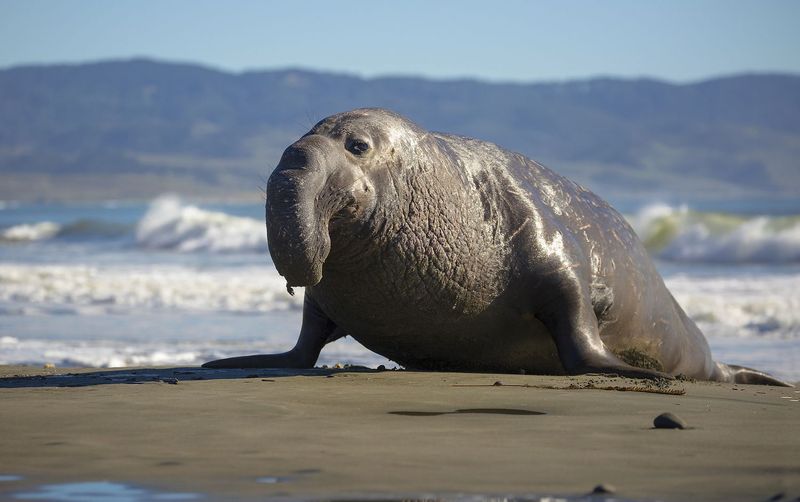
Males sport a saggy nose that looks like it’s melting off their face! These massive, wrinkly mammals might not win beauty pageants, but they’re oceanographic marvels.
Elephant seals dive deeper than almost any other mammal—up to 5,000 feet! Scientists attach sensors to track ocean temperatures and salinity, helping climate research. Their extreme migrations also distribute nutrients across vast ocean areas when they feed and, ahem, relieve themselves.
8. The Bone-Eating Worm

Imagine a creature that looks like a zombie finger with red plumes! Meet Osedax, the bone-eating worm that feasts on whale carcasses.
When whales die and sink, these bizarre worms drill into the bones and dissolve them with acid. This recycling process returns nutrients locked in whale skeletons back to the ocean ecosystem. Without them, the ocean floor would be littered with whale bones for centuries!
9. Anglerfish
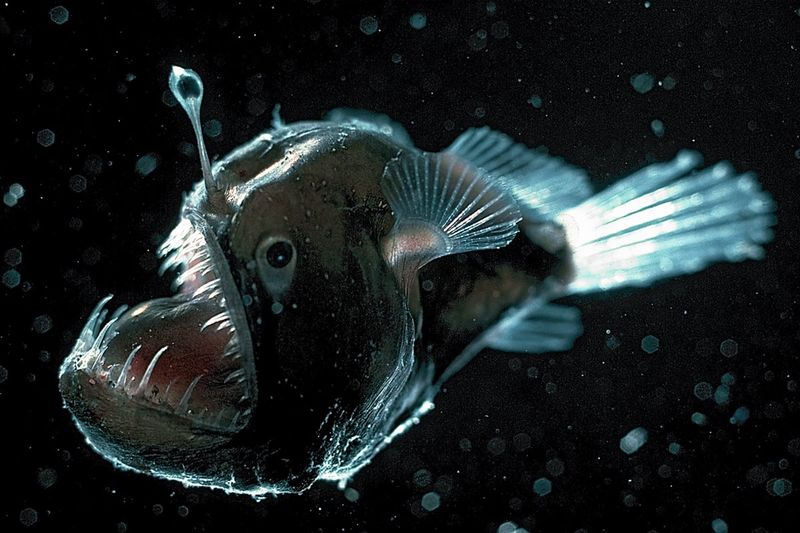
With a face that could scare the scales off other fish, the anglerfish dangles a glowing lure from its head like a fishing rod. This biological lantern attracts prey in the pitch-black deep ocean.
Female anglerfish host symbiotic bacteria in their lures, creating one of the ocean’s few light sources below 3,000 feet. Males permanently fuse to females, creating bizarre connected organisms that ensure reproduction in the vast, dark waters where finding a mate is nearly impossible.
10. Horseshoe Crab
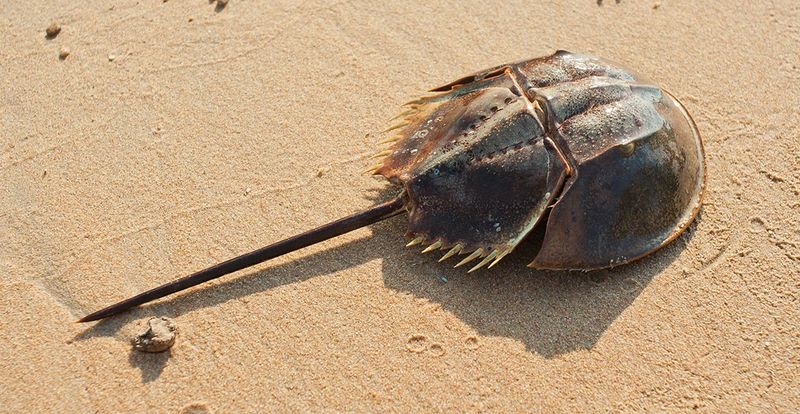
Looking like a prehistoric tank with too many legs, horseshoe crabs have remained virtually unchanged for 450 million years! Their alien appearance hides their incredible medical importance.
Their blue blood contains a substance called LAL that detects bacterial contamination in vaccines and medical equipment. One quart can be worth $15,000! These living fossils also provide critical food for migrating shorebirds, connecting ocean health to land ecosystems.
11. Wolffish
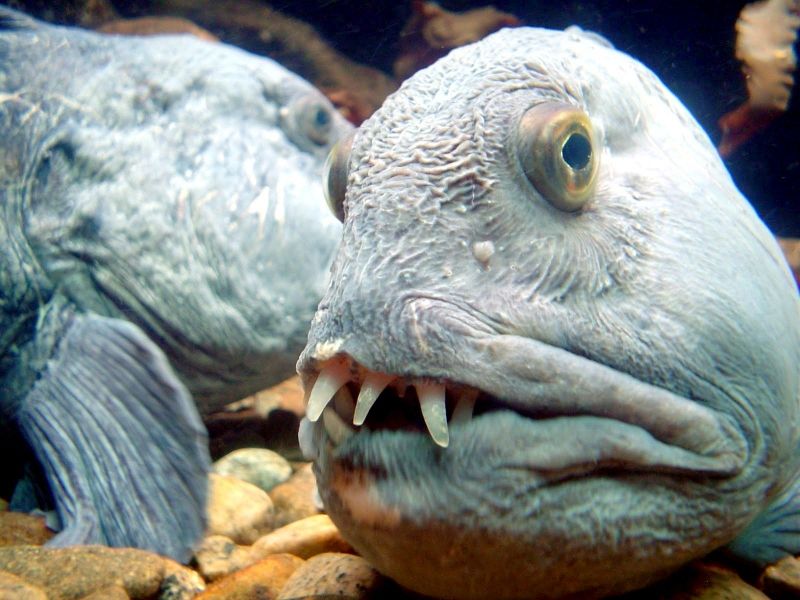
Sporting a face only a mother could love, wolffish have protruding teeth that look permanently ready for Halloween! These intimidating chompers crush sea urchins and other hard-shelled creatures.
By controlling urchin populations, wolffish prevent the destruction of kelp forests. Kelp absorbs carbon dioxide and provides habitat for countless species. Despite their scary appearance, wolffish are actually shy and non-aggressive unless threatened.
12. Sea Pig
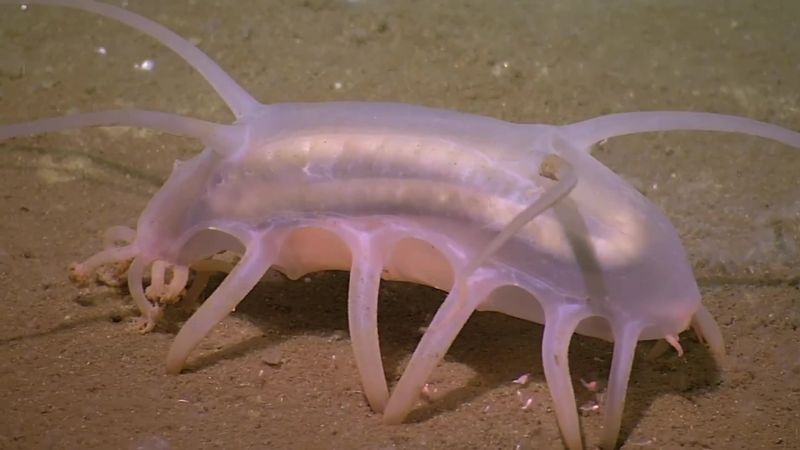
Imagine pink translucent potatoes with legs wandering across the deepest ocean floor! Sea pigs are actually specialized deep-sea sea cucumbers that look utterly bizarre.
They walk on tube feet and congregate in huge numbers around food sources. Acting like underwater farmers, sea pigs turn over and aerate deep ocean sediments, preventing stagnation. Their feeding habits help distribute nutrients in areas that would otherwise become barren.
13. Lamprey
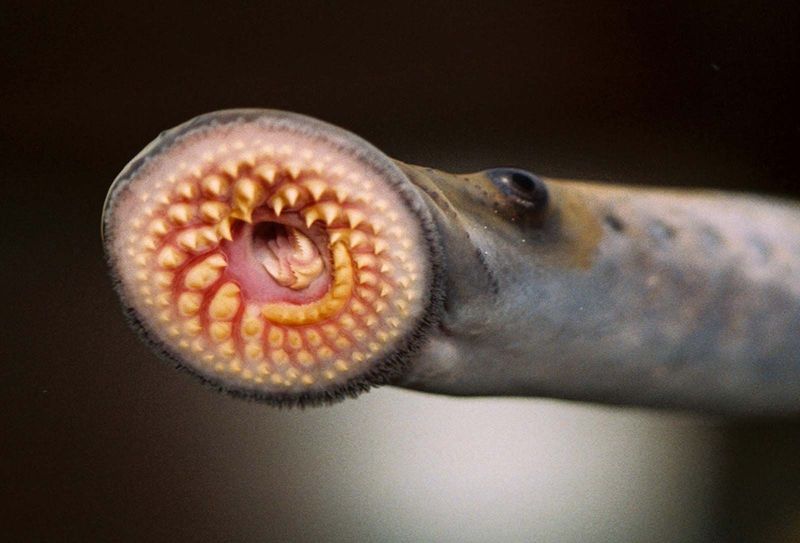
Nothing says “nightmare fuel” quite like a jawless mouth filled with circular rows of teeth! Lampreys are ancient fish that attach to other fish with their suction-cup mouths.
Despite their vampire-like feeding habits, lampreys are important indicators of water quality. Native lamprey species are crucial to many river ecosystems, providing food for larger predators and nutrients when they die after spawning. Their decline often signals environmental problems.
14. Isopods
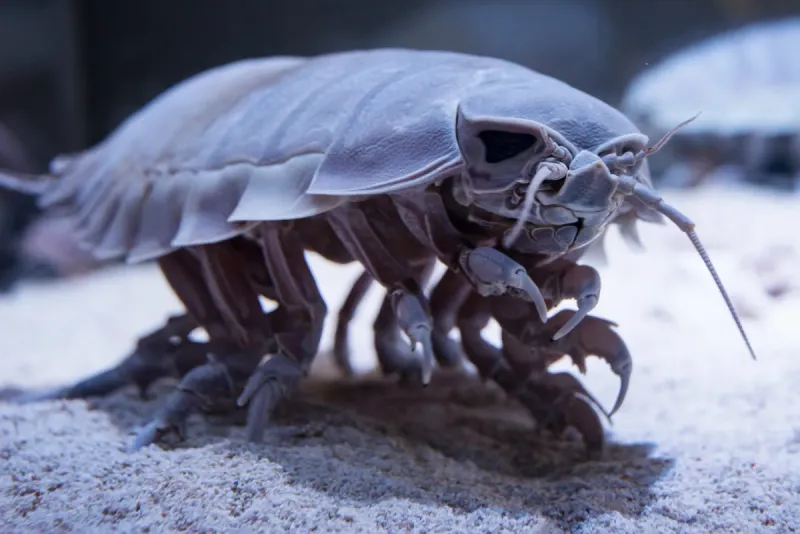
Giant isopods look like someone supersized a roly-poly bug to the size of a football! These massive crustaceans are related to the pill bugs in your garden.
Living in the deepest ocean trenches, they’re master recyclers that consume dead material that drifts to the seafloor. They can go years without eating, then gorge themselves when food appears. Their population health indicates the amount of nutrients reaching the deep ocean.
15. Chimaera
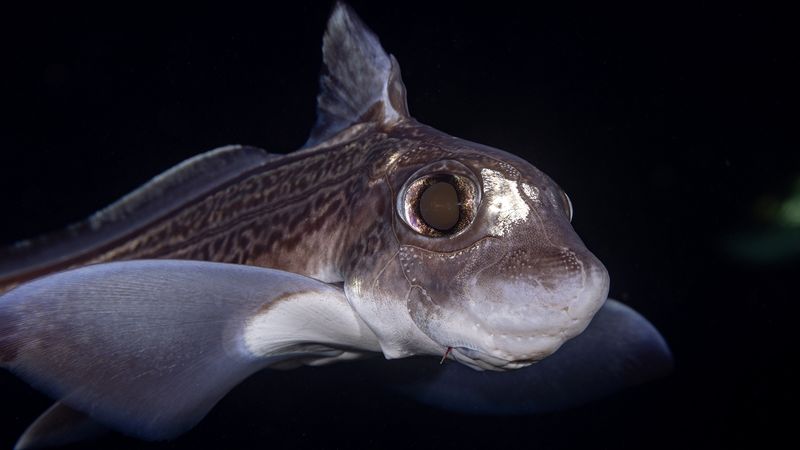
With a skeleton made of cartilage and a face that looks like it was designed by committee, chimaeras (or ghost sharks) appear straight out of mythology.
These deep-dwelling relatives of sharks and rays help maintain healthy fish populations in deep continental shelf ecosystems. Scientists study their unusual sensory organs that detect electrical fields to understand how marine animals navigate. Their ancient lineage provides clues about vertebrate evolution.

